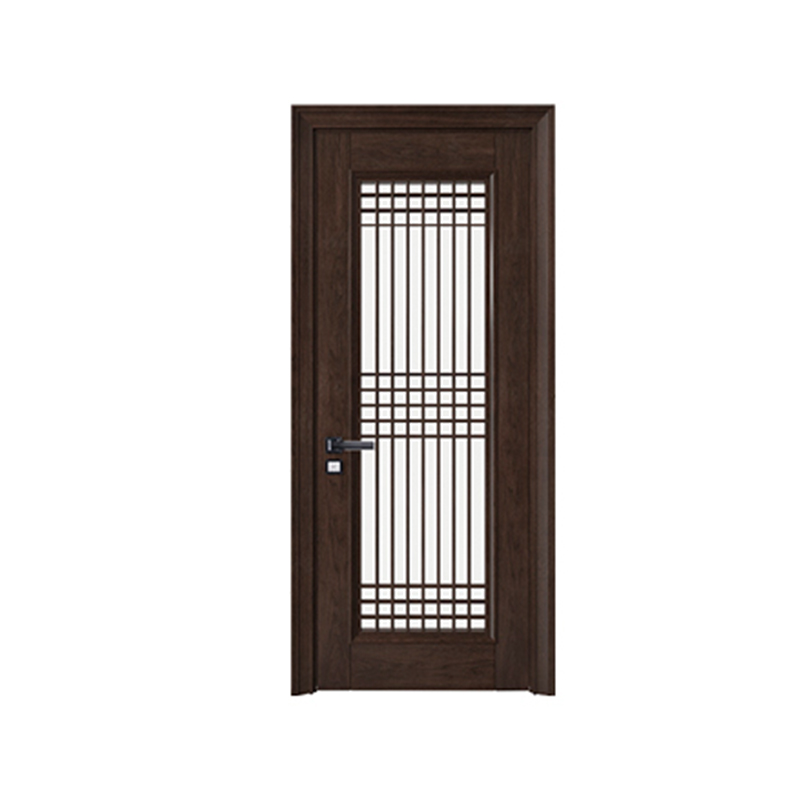2025-11-14

Veneer painted doors are widely used in homes and commercial spaces for their aesthetic appeal and versatility. A smooth and durable finish is key to maintaining their visual quality and longevity. For manufacturers and homeowners, understanding effective painting techniques can ensure the door looks professional and remains resistant to wear over time.
A successful veneer painted door finish starts with proper surface preparation. The veneer surface must be clean, smooth, and free of dust or oils. Minor imperfections should be sanded, and the surface lightly buffed to create an even base for paint adhesion.
| Step | Purpose |
| Sanding | Removes rough spots and smooths the veneer |
| Cleaning | Eliminates dust and grease for better adhesion |
| Priming | Seals the wood pores and enhances paint coverage |
Applying a suitable primer designed for veneer surfaces can prevent paint from soaking into the wood, ensuring a consistent finish and improving durability.
Selecting the right paint type and application method plays a crucial role in the finish quality of a veneer painted door. Water-based paints are commonly used for their low odor and ease of application, while solvent-based paints offer stronger durability and resistance to scratches.
Common application techniques include:
Using multiple thin layers rather than a single thick coat helps prevent drips, uneven surfaces, or cracking over time.
Sanding between paint layers is an effective technique to achieve a professional veneer painted door finish. Light sanding removes minor imperfections, dust particles, or brush strokes that may appear between coats. This step ensures that each layer adheres properly and results in a smooth, polished surface.
Tips include:
This approach contributes to a refined look and enhances the door's long-term appearance.
After painting, applying a protective topcoat can improve durability and maintain the finish of a veneer painted door. Clear lacquers, polyurethane, or acrylic coatings help resist scratches, moisture, and fading. This step is particularly important for doors in high-traffic areas or those exposed to varying humidity and temperature conditions.
Benefits of a protective topcoat include:
Achieving a high-quality finish on a veneer painted door involves careful surface preparation, selecting the right paint and application method, sanding between coats, and applying a protective topcoat. These techniques ensure a smooth, durable, and visually appealing result. Partnering with a reliable veneer painted door manufacturer or following best practices in painting can help achieve consistent results and enhance both aesthetics and longevity. By paying attention to these steps, homeowners and professionals can maintain the beauty and function of their doors over time.
